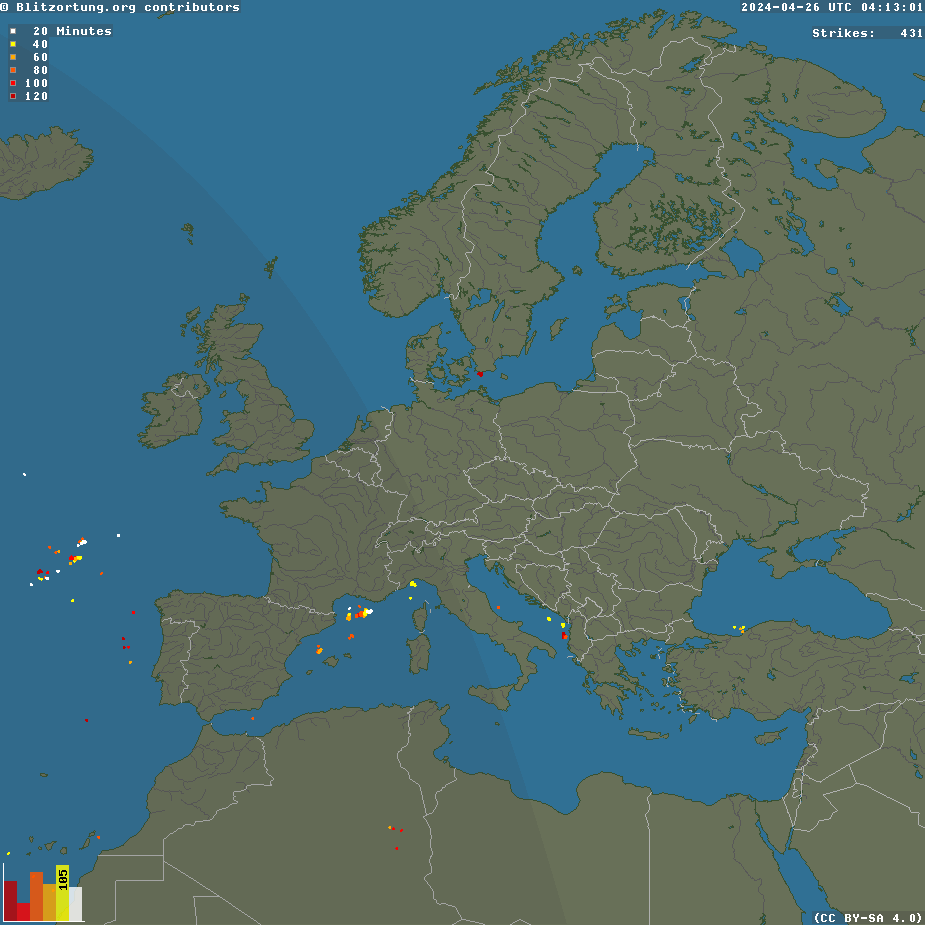Just in from WG2XRS/4.....
"You might have heard a group of us have received a license covering 68 to 76 kHz with 10 W ERP for most all modes including SSB! Authorization came yesterday and already have W4DEX on QRSS and into W1VD and others with very solid sigs on 72.4 kHz. Am gearing up for that operation as we speak.Bob, WG2XRS/4."
This is fascinating news. Although getting anything like 10W ERP is a major challenge at 73kHz, much weaker amateur signals have spanned the Atlantic in the early 2000s when the 73kHz band was available by NoV here in the UK. See
http://homepage.ntlworld.com/m
There is no doubt that some of the US stations will be copied in Europe this coming DX season. Since the first few years of this century a number of new weak signal modes have appeared such as WSPR2 and WSPR15 and OPERA. Also, with GPS locked systems and superb frequency accuracy, it is possible to run very slow CW and DFCW modes knowing that the TX frequency can be very accurately set, so the RX can look for the signal in uHz bandwidths to dig it out of the noise over a period of hours. All we now need is for a limited number of 73kHz permits to be again allocated in the UK.
Please note this is NOT a general allocation in the USA: it is a special research permit to a limited number of stations in much the same way as some access to 500kHz and 136kHz has been granted over there. Their FCC does seem to be incredibly slow at getting new bands like 472kHz allocated. I don't know why this is such a problem: perhaps they fear allocating these LF bands will be a threat to homeland security?
There is no doubt that some of the US stations will be copied in Europe this coming DX season. Since the first few years of this century a number of new weak signal modes have appeared such as WSPR2 and WSPR15 and OPERA. Also, with GPS locked systems and superb frequency accuracy, it is possible to run very slow CW and DFCW modes knowing that the TX frequency can be very accurately set, so the RX can look for the signal in uHz bandwidths to dig it out of the noise over a period of hours. All we now need is for a limited number of 73kHz permits to be again allocated in the UK.
Please note this is NOT a general allocation in the USA: it is a special research permit to a limited number of stations in much the same way as some access to 500kHz and 136kHz has been granted over there. Their FCC does seem to be incredibly slow at getting new bands like 472kHz allocated. I don't know why this is such a problem: perhaps they fear allocating these LF bands will be a threat to homeland security?







